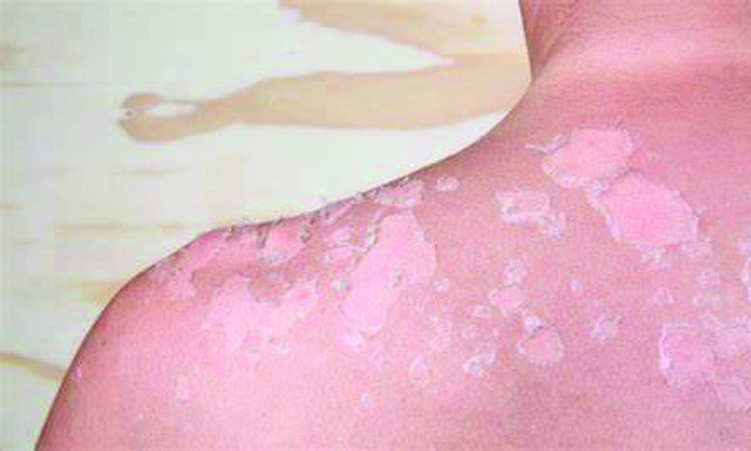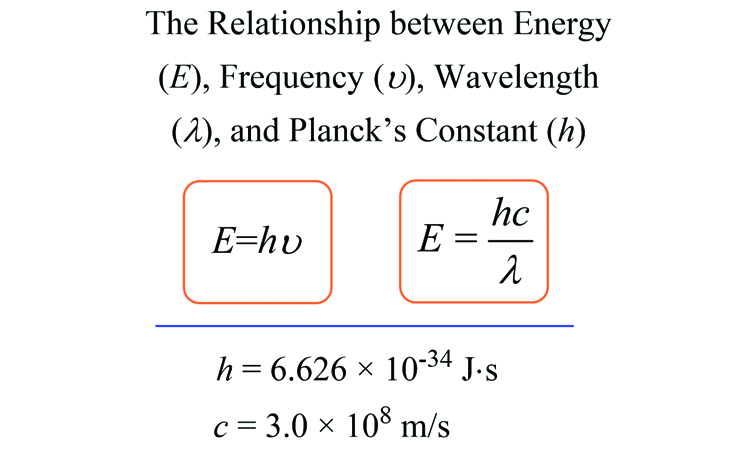TASK: Discuss with someone one way that the sunlight has
both beneficial and deleterious effects on human health.

- Where do the colours of the rainbow come from?
The colours you see when a rainbow appears are the result of visible light being split into its various individual wavelengths. This gives us a spectrum of colours that range from the shorter violet wavelength of 400 nanometers (nm)) to the longer red wavelength of 700nm. The colours of the rainbow are red, orange, yellow, green, blue, indigo, and violet. Sunlight itself is an electromagnetic radiation that can be detected by the human eye or not, depending on the wavelength. Within that broad spectrum, the wavelengths visible to humans occupy a very narrow band, ranging from about 700nm for red light down to about 400nm for violet light. The speed of light is the speed at which light waves propagate through different materials. In particular, the value for the speed of light in a vacuum is now defined as exactly 299,792,458 metres per second. The average distance between the sun and Earth is roughly 150 million kilometres (km). Light travels through space at about 299,792km per second, so a ray of sunlight takes only about eight minutes to reach Earth.

- Does ultraviolet radiation have deleterious effects on human skin?
Ultraviolet radiation, also known as UV, belongs to the sunlight spectrum and is undetectable by the human eye, but it carries enough energy to damage human skin. In physics, ultraviolet radiation is traditionally divided into four regions: near (400–300 nm), middle (300–200 nm), far (200–100 nm), and extreme (below 100 nm). Based on the interaction of the wavelengths of ultraviolet radiation with biological materials, three divisions have been designated: UVA (400–315 nm), also called black light; UVB (315–280 nm), responsible for the radiation’s best-known effects on organisms; and UVC (280–100 nm), which does not reach Earth’s surface. The energy needed to damage our skin needs to be more than 3.61 eV. Now let us make some calculations with the formula:

The maximum energy that visible light can carry is equal to 3.10 eV, which leads to the conclusion that visible light is not dangerous for our skin. By doing a similar calculation, any wavelength below 344 nm will carry enough energy to damage our skin. The UVB wavelength is between 315–280 nm, which means they carry enough energy to damage our skin.

- Sun-Safe Babies
Too much sun exposure can cause sunburns and long-term skin damage, including early ageing of the skin and cancer. It is important to protect ourselves and in our children’s skin from the sun. Babies under six months of age have skin that contains too little melanin, which is the pigment that gives skin, hair and eyes their colour and provides some protection from the sun.
Questions:
• Are sunscreens recommended for babies under six months?
• How can we best protect babies and children from the sun?
• What is wrong with the picture on the right?
Stay informed with The Namibian – your source for credible journalism. Get in-depth reporting and opinions for
only N$85 a month. Invest in journalism, invest in democracy –
Subscribe Now!






